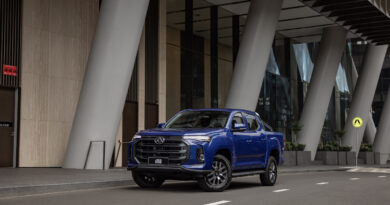2021 Kia Sorento GT-Line PHEV review
Kia is on an EV mission that recently incorporated the Niro and will soon include the EV6.
For those needing to carry more people the Korean car maker has unleashed its largest electrified vehicle yet, the Sorento PHEV, or plug-in hybrid electric vehicle.
The Sorento PHEV shares its large SUV body with the regular Sorento.
READ MORE: New Kia Sorento Plug-in Hybrid arrives in Australia
But it gets a smaller engine and electric motor to allow EV-only running.
As with all PHEVs, it’s pitched as a best of both worlds solution: electric-only movement most of the time but the backup of a petrol engine for those longer journeys.
So, does the reality match the hype?
Value
The Sorento PHEV is available in a single highly-specified model known as GT-Line.
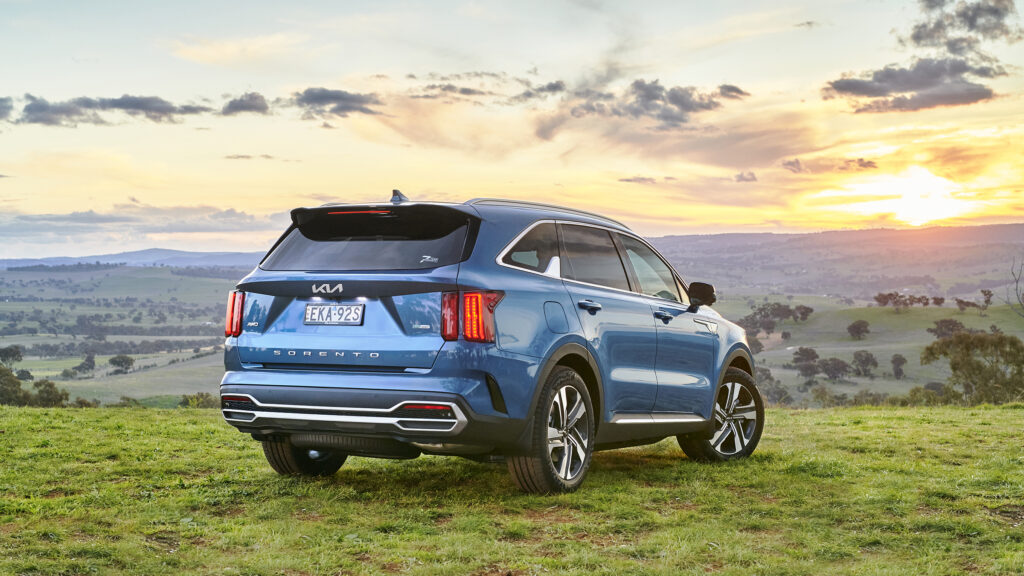
And it brings a sizeable price premium over other Sorento GT-Lines.
At $81,990 drive-away it’s $17,700 more than the V6-powered version with the same basic equipment level. It’s more relevant to compare it to the diesel-powered model, because like that car the PHEV drives all four wheels (the petrol V6 powers only the front wheels). Even then, you’ll be paying an additional $14,700 for the PHEV privilege.
For that you get a 1.6-litre four-cylinder turbo teamed with an electric motor to give 57km of WLTP range (Kia is claiming 68km of range using the older NEDC test measurement).
Like other GT-Line Sorentos there’s no shortage of standard equipment. Seven seats, 19-inch alloy wheels and quilted Nappa leather kick things off. There’s also a 12.3-inch digital instrument cluster, heated steering wheel, 10.25-inch central touchscreen with navigation, Apple CarPlay and Android auto, a 12-speaker Bose sound system, heated and ventilated front seats, ambient lighting and a panoramic sunroof.

Impressively, there’s also a spare tyre as part of the PHEV package – and not just any spare but a full-size one.
Inside
The cabin is smartly presented with quality finishes, including upmarket leather and nicely finished plastics. It’s a classy place.
Ambient lighting built into the dash and doors is well integrated into a distinctive pattern.
There’s a digital instrument cluster as well as a new PHEV icon within the main 10.25-inch touchscreen.
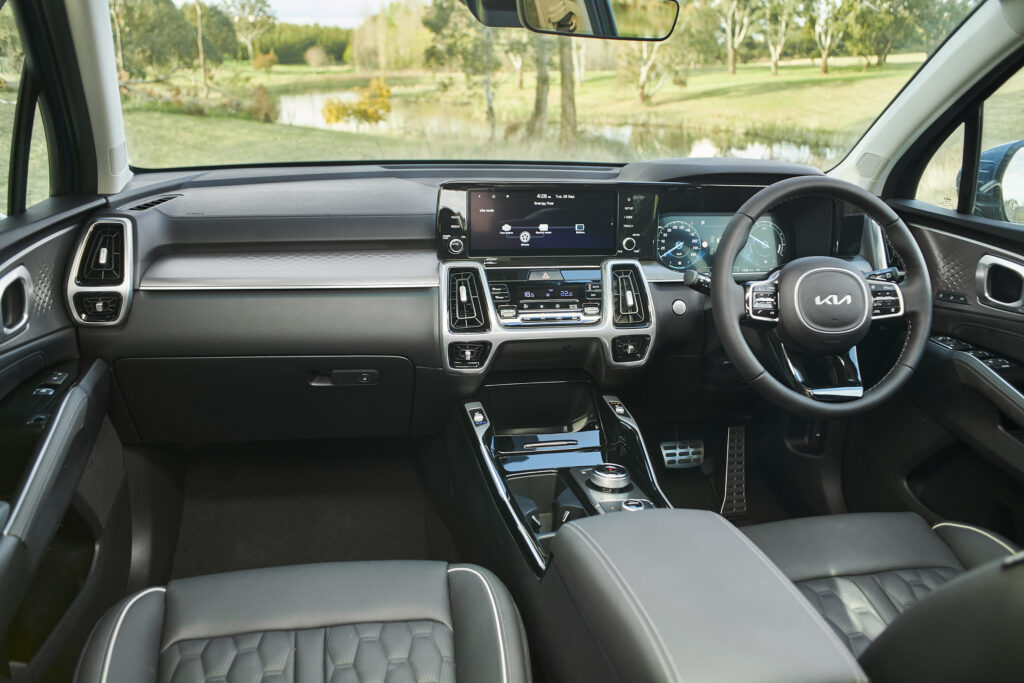
And everything falls to hand, from the major driving controls to toggle switches for the heated/ventilated seats and the vibrant central touchscreen.
Front seats are snug and supportive and the infotainment screen incorporates a system to amplify your voice to the back row using the speakers.
And the Bose sound system is a quality audio setup for the audiophiles, with plenty of punchy base and crisp high notes.
Blinds for the rear side windows reinforce the level of attention to detail, while there are USB cables peppered throughout the cabin.

Accessing the third row seats involves a quick flip and fold of the split-folding and sliding middle row, although it’s more of an effort to venture back there.
With all seven seats in place there’s not much luggage space, although as a five-seater it swallows plenty.
Performance and efficiency
In other Sorentos there’s a choice between a V6 petrol engine powering the front wheels or a four-cylinder turbo-diesel driving all four wheels.

The PHEV downsizes both of those to a 1.6-litre four-cylinder petrol-fuelled turbo engine that on its own makes a thoroughly respectable 195kW and 350Nm.
Sandwiched between the engine and the six-speed automatic transmission is a 67kW/304Nm electric motor. Both the engine and electric motor send drive through the transmission, enabling electric or hybrid power to drive all four wheels.
While there’s plenty of weight behind the Sorento PHEV – a bit over two tonnes in total – it’ll still zip to 100km/h in 8.7 seconds.
To get that sort of performance it’s the petrol engine doing most of the work, although the initial torquey shove from the electric motor is a welcome accompaniment that certainly adds to the thrust.
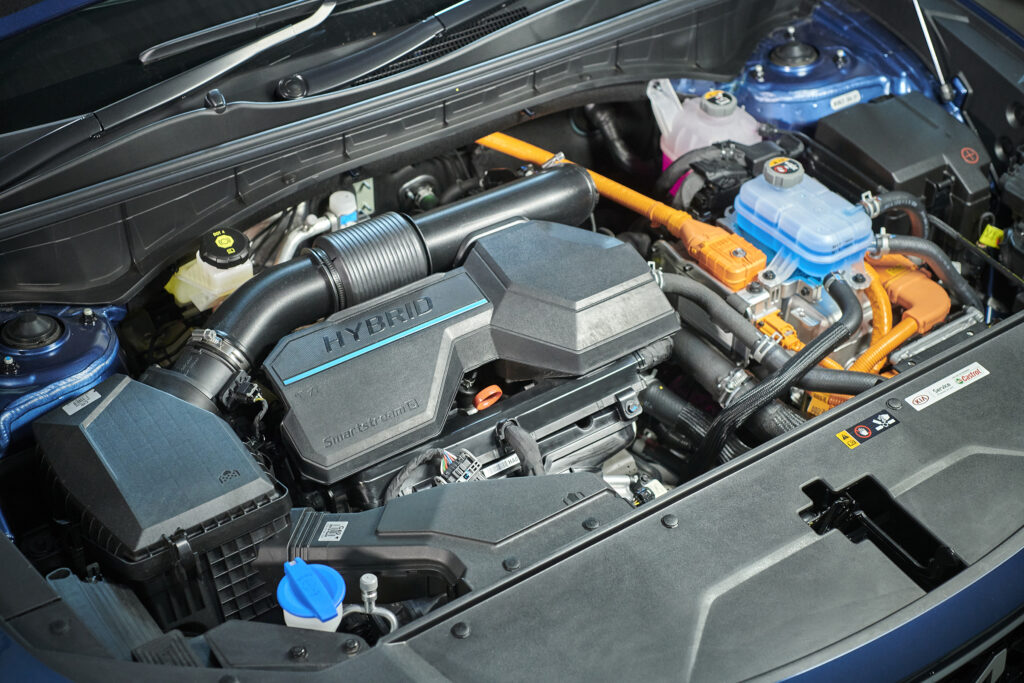
It’s a useful pairing that makes city and freeway driving easy. There’s also a seamlessness to the way the two power sources integrate, although occasionally there is a hesitation after a brisk stop (such as stopping for a stop sign) and reacceleration.
On electric power alone things are a lot more leisurely. That’s partly because you’re lugging around hundreds of kilograms of ICE hardware that isn’t doing anything when the focus is on EV.
The electric motor has respectable torque but you need to be gentle on the throttle to save waking the petrol engine.
It’ll maintain pace with most suburban traffic but don’t expect to be out the front of the pack.
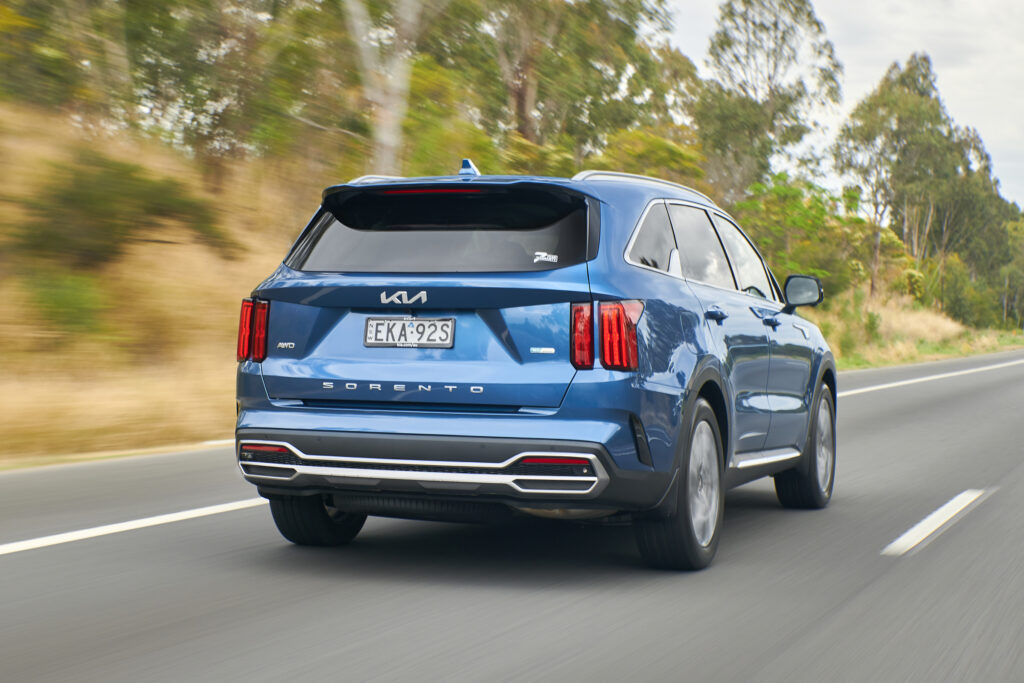
And while Kia claims an EV range of 68km, that’s using the less reliable NEDC rating system. Switching to the more realistic WLTP measurement lowers that claimed range to 57km. During our test we managed 51km.
Once you’re in hybrid mode you’ll start leaning on the fuel tank. And while the official fuel claim is 1.6 litres per 100km (it’s done to a laboratory test that includes electric-only running), that’s unachievable. We found the Sorento PHEV to use about 7.5L/100km for those hybrid trips.
The PHEV can also tow up to 1350kg. See our complete guide to towing with a hybrid, PHEV or EV.
The Eco driving mode is fine for most driving, prioritising the electric motor, while Sport gets the engine spinning faster. There’s also a Smart mode that adjusts according to how you’re hussling it along, and that’s the mode we found ourselves engaging most often.
Charging the Kia Sorento PHEV
The Sorento PHEV has a 13.8kWh battery.
A charging port on the driver’s side reveals a Type 2 AC plug (there’s no DC charging for the PHEV).

The maximum charging power is 3.3kW, so a full charge will take about four hours.
For that it’s hardly worth installing a home wallbox, because a regular powerpoint will do the job in a little over six hours.
Ride and handling
The regular Sorento is a great driving large SUV and the PHEV variant doesn’t deviate wildly from the script.
The PHEV rides on 19-inch Continental tyres, which provide ample grip. And there’s a reassuring stability to it at country road speeds. Through bends it’s competent and planted.
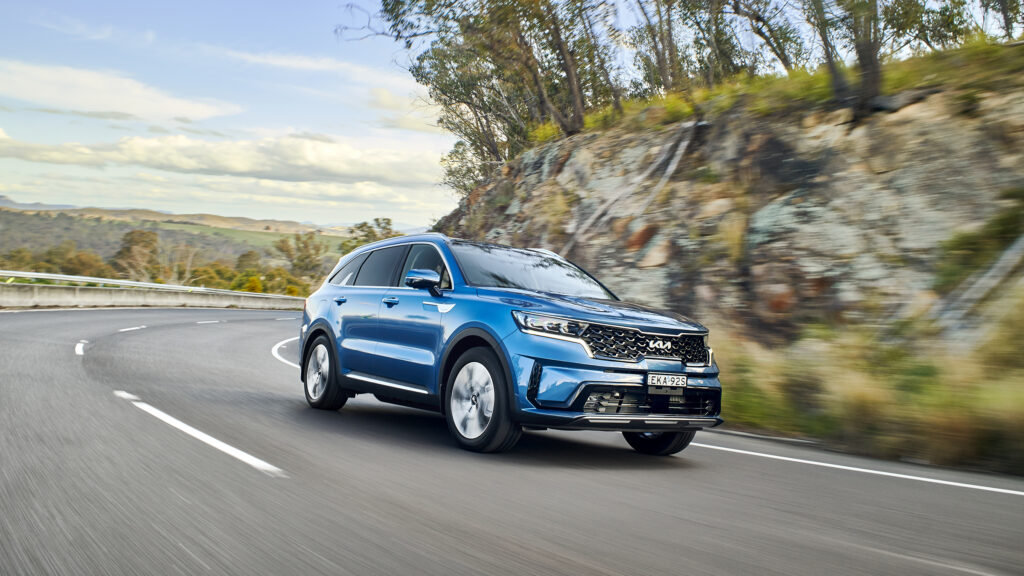
It also recovers well from bumps, the suspension controlling body movement nicely.
If anything, the ride at lower speeds feels slightly firmer than other Sorentos. Once above about 50km/h there’s more compliance.
The cabin is also calm due to the refinement inherent elsewhere. When running on EV mode it’s only a mild rumble from the tyres joining the conversation in the cabin.
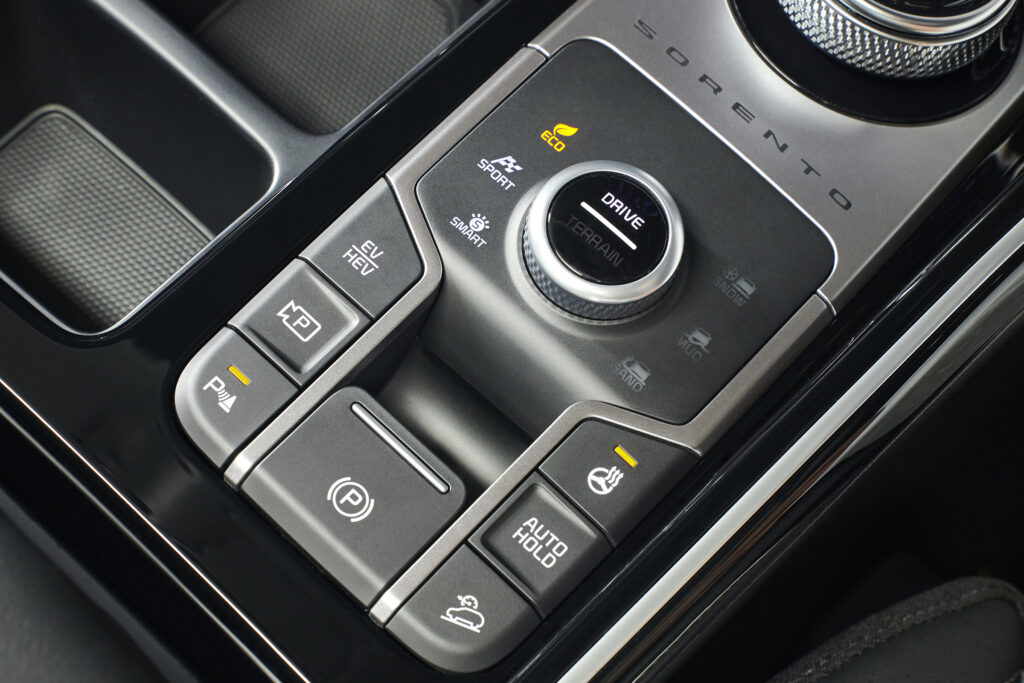
The Sorento PHEV also has various drive modes to tailor the traction and throttle response to Mud, Snow or Sand. We didn’t test its off-road credentials and we wouldn’t recommend venturing too far from the blacktop, although at least there’s a spare tyre if you pick up a puncture!
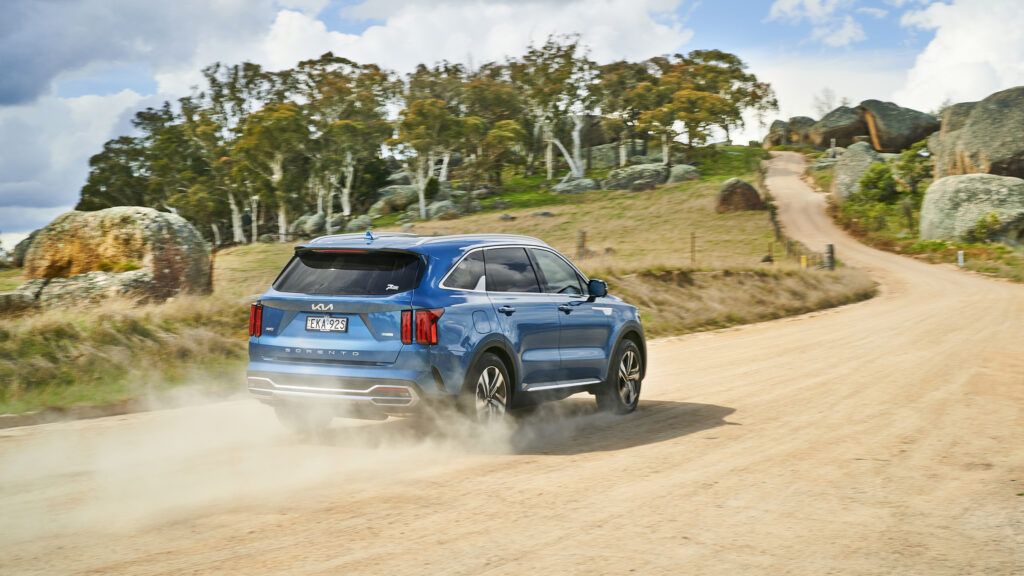
Talking point
Want to know where to fast DC charge the Sorento PHEV? The Sorento’s navigation display directs you to plenty of EV charging outlets, including the fast-charging DC outlets.
There’s only one issue: It can’t charge on DC power. You can filter out the DC results, although it appears the new PHEV menu and functionality on the infotainment screen has also been designed with battery electric vehicles in mind.

The Sorento PHEVs only has AC charging capability of up to 3.3kW – about 1.5 times more than you get out of a home powerpoint – it’s unlikely many owners will bother diverting for some on-the-road electricity.
Safety
The PHEV gets all the safety gear of a regular Sorento. That includes airbags that cover all three rows (although they don’t stretch to the heads of those in the third row) and a crash structure that helped secure a five-star ANCAP safety rating.
There’s also a 360-degree camera, auto emergency braking, blind spot warning, rear cross traffic alert and a door opening alert that warns when other vehicles are approaching; that door alert even operates when parked if you’ve got a door open trying to extricate people or luggage.
The Sorento is also one of the few three-row SUVs that allows child seats to be anchored in the third row, giving added flexibility for placing little ones.
Verdict: Kia Sorento PHEV
The Sorento PHEV ticks the boxes of a large SUV (albeit one on the truncated side of the large SUV ledger). It’ll comfortably accommodate seven people and do it in style – and there’s no shortage of equipment.
It’ll also drive (gently) on electricity for up to 50-odd kilometres between charges, delivering on that partial EV promise.
But there’s no ignoring the price. It’s a big outlay – almost $15K more than the diesel Sorento GT-Line – to dip a toe in the EV age, especially with an imminent influx of battery electric SUVs about to burst onto the market.
And while the Sorento is aiming to be a best of both worlds solution to electric and petrol motoring, like all PHEVs it’s compromised at both.
Kia Sorento GT-Line PHEV specifications
Price: $81,990 drive-away
Basics: PHEV, 7 seats, 5 doors, SUV, AWD
Range: 57km (WLTP)
Battery capacity: 13.8kWh
Battery warranty: 7 years/150,000km (same warranty as the rest of the car)
Energy consumption: 16.1kWh/100km (NEDC), 1.6L/100km
Engine: 1.6-litre 4-cylinder turbo, 195kW/350Nm
Motors: Single motor driving through the six-speed transmission; 67kW/304Nm
AC charging: 3.3kW, Type 2 plug
DC charging: NA
0-100km/h: 8.7 seconds



